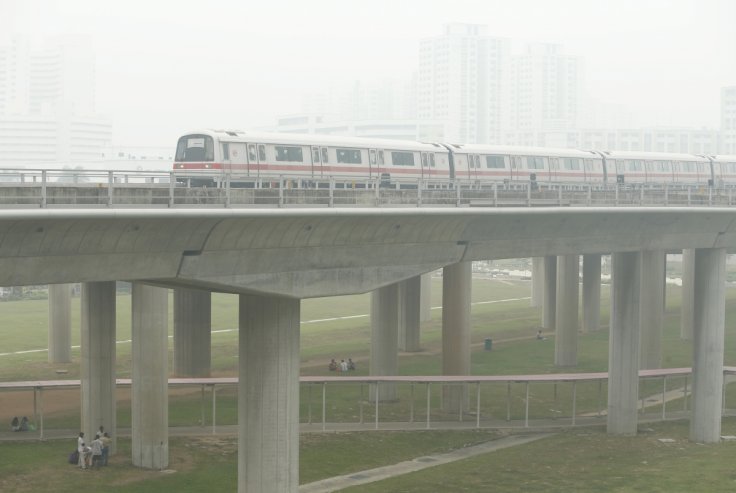
Singapore's Land Transport Authority (LTA) said on Friday that it is planning to carry out an indepth island-wide study to measure the impact of railway noise. The authority said in a press release that this new initiative is a part of the ongoing efforts to reduce the impact of railway noise near residential areas.
The media release stated that the findings will be used to plan appropriate noise mitigation measures in the future. At present, noise reduction measures include the installation of railway noise barriers.
LTA said that the measurements that were taken at residential buildings, which had barriers installed, showed a noise reduction of at least 5 decibels from passing trains.
More than 80 per cent of planned barriers have already been installed to date as a part of the first phase of the project to install such noise barriers and the rest is on track.
LTA said that this follows the additional engineering hours that were allocated to rail engineers and maintenance crew from last December to gain momentum for the project.
"These extra hours have been useful in providing the crew with more track access time for maintenance and improvement works, including the installation of noise barriers," LTA said in the statement.
According to LTA update, 11.5km of railway noise barriers are planned for 25 locations across the island, with the remaining works "on track" for completion under Phase 1 of the project.
LTA said that the design works for Phase 2 of the project are ongoing and installation works are expected to start in the second half of the year. On completion, residents will see an additional 10 km of railway noise barriers at 20 locations along the North-South and East-West Lines.
The release added that the installation works for noise barriers at turnout sections, where trains can change tracks - at rail viaducts have also begun, starting with a section at Lakeside MRT station.
The National Environment Agency (NEA) in Singapore regulates noise levels from construction sites and industrial operations using a set of permissible noise limits. It also sets noise emission standards for vehicles.
Due to the rapid development in the country, new residential and commercial structures to improved and expanded transport infrastructure brings some inevitable inconveniences with it. In order to manage the noise pollution, the authority has established a list of acceptable levels of noise on their official website (http://www.nea.gov.sg)









